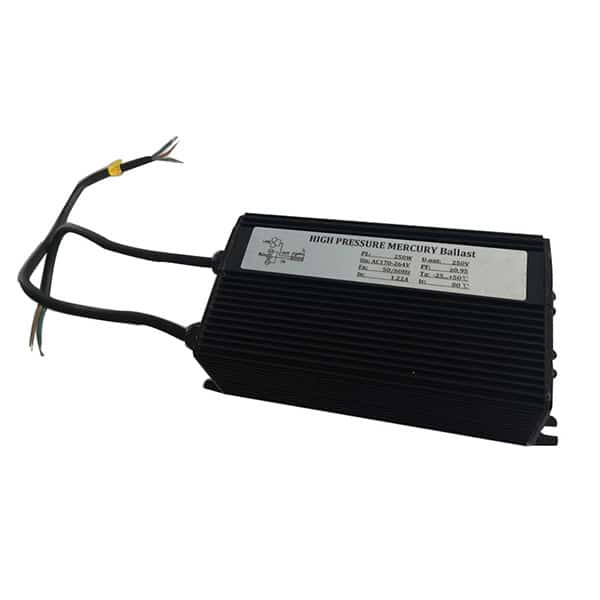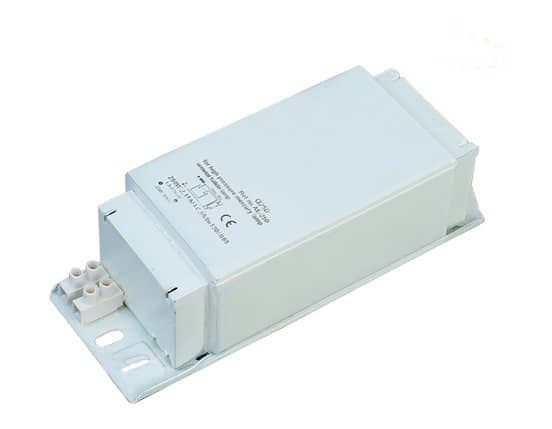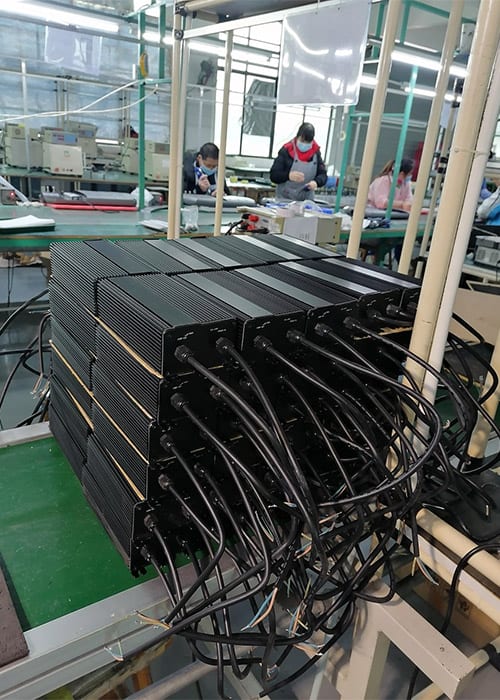We at James Lighting, as professional manufacturers of lamp ballasts, often field questions about ballast replacements. One such recurring inquiry is whether a magnetic ballast can be replaced with an electronic ballast. We recognize this is a vital question for those considering upgrades or replacements of their lighting systems.
Yes, a magnetic ballast can indeed be replaced with an electronic ballast. This change can bring about a variety of benefits, including improved energy efficiency and better control over lighting levels. However, there are certain factors to consider during this transition.
So, ready to dive into this subject? Let’s unravel the mysteries of ballast replacement and how you can benefit from making the switch.
What’s the Process to Replace a Magnetic Ballast with an Electronic Ballast?
The replacement of a magnetic ballast with an electronic one involves several steps. It is crucial to ensure compatibility, safety, and effectiveness of the new setup.
First, you need to ensure the electronic ballast is compatible with the lamp type and wattage. Once compatibility is confirmed, the old magnetic ballast must be carefully disconnected and removed, following safety protocols. The electronic ballast is then connected in its place, following the wiring instructions provided by the manufacturer.
Are There Any Special Considerations During the Replacement?
Yes, there are a few special considerations to keep in mind when replacing a magnetic ballast with an electronic one. These are crucial to ensure the safety and effectiveness of the replacement.
Firstly, ensure all power is disconnected before beginning the replacement process to avoid any electrical accidents. Secondly, take care to follow the wiring diagram of the new electronic ballast, as it might differ from the old magnetic ballast. Lastly, be aware that older luminaires might require minor modifications to accommodate the new electronic ballast.
What are the Benefits of Making This Switch?
Switching from a magnetic to an electronic ballast can provide numerous benefits, the foremost being energy efficiency.
Electronic ballasts typically operate at a much higher frequency than magnetic ballasts, reducing losses and improving the lamp’s light output efficiency. This can translate into significant energy savings over time. Additionally, electronic ballasts often provide better control over lighting levels and are more compatible with modern control systems, enhancing the overall lighting experience.
Are There Any Downsides to Consider?
While the benefits of electronic ballasts are substantial, there may be a few downsides to consider. These include the initial cost, compatibility issues, and potential for radio frequency interference.
Electronic ballasts are generally more expensive upfront than magnetic ballasts. However, this cost is often offset by the energy savings over time. Additionally, some older lamps may not be compatible with electronic ballasts, and some electronic ballasts can cause radio frequency interference, although this is not a common problem with modern designs.
Can I Do the Replacement Myself, or Do I Need a Professional?
While replacing a magnetic ballast with an electronic one is certainly doable as a DIY project, it’s important to understand the risks involved.
If you’re comfortable with electrical work and can safely follow the manufacturer’s instructions, you may be able to handle the replacement yourself. However, if you’re unsure or uncomfortable, it’s best to hire a professional. Mistakes can be dangerous and can also result in damage to the lamp or ballast.
How Does James Lighting Support This Transition?
At James Lighting, we are committed to helping our customers transition from magnetic to electronic ballasts smoothly and effectively. We understand the challenges involved and are here to provide the necessary support.
Our range of electronic ballasts are designed to be compatible with a wide variety of lamps, and our team is on hand to help with any technical queries or issues. We also provide clear, comprehensive instructions with our products to support DIY efforts.
Conclusion: Should I Replace My Magnetic Ballast with an Electronic Ballast?
Making the switch from a magnetic to an electronic ballast can offer a range of benefits, including better energy efficiency and enhanced control over your lighting. However, it’s essential to weigh these against the costs and potential challenges involved.
Ultimately, the decision should be based on your specific needs, the compatibility of your existing setup, and your comfort with carrying out the replacement. And remember, whether you choose to stick with your magnetic ballast or make the switch to an electronic one, you can always rely on James Lighting for high-quality products and support.



